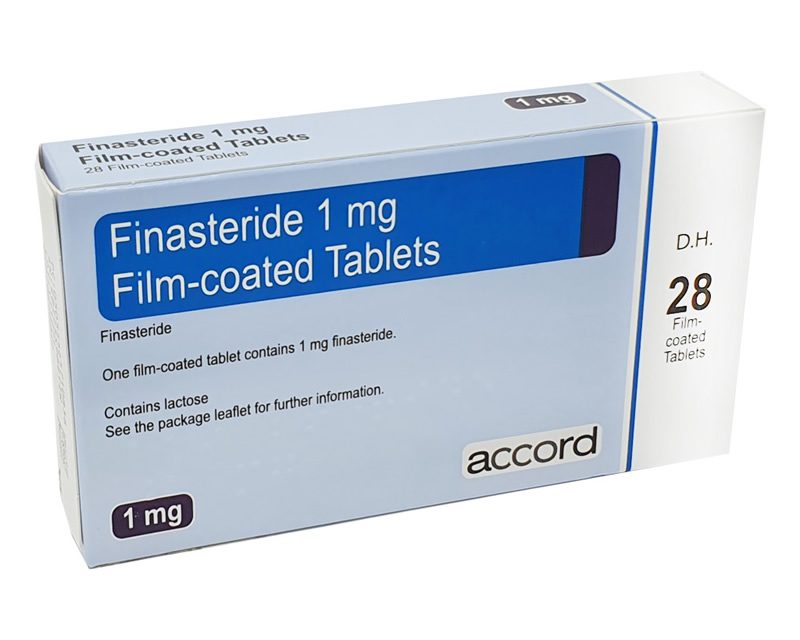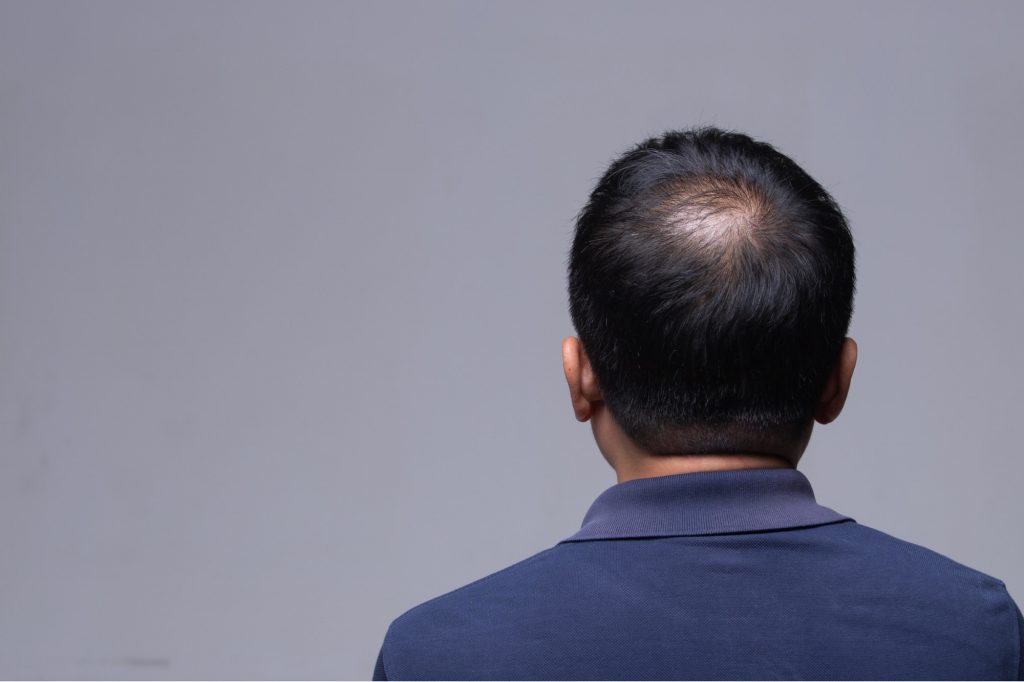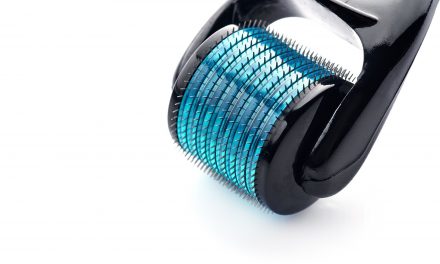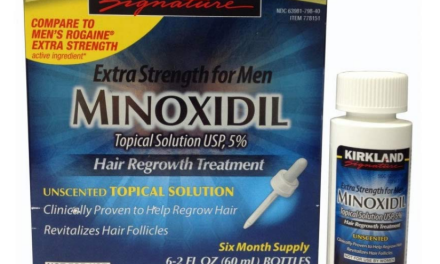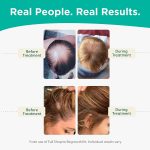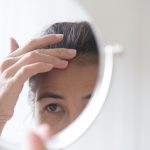Affecting over 35 million men and 21 million women in the USA, androgenic alopecia, or what is commonly known as hair loss, is a condition caused normally by aging. It can also be caused by hormonal changes from stress, underlying medical conditions, or as a result of heredity.
Most common in men than in women, baldness is an excessive hair loss that people either leave untreated and as it is or covers up with hats, scarves, or hairstyle and makeup techniques that would give the illusion of a person not suffering from it at all. Though others really get out of their ways to undergo treatments to prevent hair loss, or even try cosmetic enhancements that would help them regrow their hair.
Hair loss can affect you gradually and this is usual if it’s a result of aging.
The thinning of your hair on top of your head is one of the most common signs and symptoms of hair loss. In men, the receding of the hairline on the forehead as they age is an indication of hair loss. On the other hand, the broadening of the part in the hair is a common sign of hair loss in women. Older women can also suffer from frontal fibrosing alopecia, which is a common hair loss pattern that just like with men, begins with a receding hairline. Some people also show a hair loss sign that begins with itchiness or pain on the skin, and that area will then start losing hair leaving your scalp with circular or patchy spots. And that is not limited to the hair on your head, this might also occur on the beard or eyebrows.
If not gradually, hair loss can also be sudden. Caused by stress, emotional shock, or could be even from a physical shock, sudden hair loss is characterized by hair falling out in handfuls by merely combing your hair or gently tugging on it or even by just washing it. A temporary but overall thinning of hair is a result of this type of symptom.
Medical treatments such as chemotherapy for cancer can also cause full-body hair loss. Treatments like this target and kills all rapidly dividing cells, and that includes the cells that can be found in hair follicles which are some of the fastest-growing cells in the body. Pulling the hair tight from intense hair styling can also cause another type of hair loss which is traction alopecia, this can be caused by cornrows, tight braids, or pigtails.
Hair loss can be colossally distressing for both men and women, and when you start losing your hair at a young age, it can be downright shameful and equally embarrassing. Currently, there are available treatments proven effective in reducing hair loss and could aid hair regrowth that you can try. And along the journey of finding the best hair loss treatment you can get, you might have stumbled upon finasteride.
So what exactly is finasteride? And could it help reduce hair loss?
Initially developed to treat benign prostatic hyperplasia, finasteride has, later on, become a prescribed medication for hair loss when research facilitators for the aforementioned condition noticed that the men clinical trial subjects for finasteride with male pattern baldness appeared to be showing hair regrowth. They also found out that the medication seemed to stop hair loss in trial subjects.
Finasteride works by blocking a male hormone called dihydrotestosterone or DHT. This hormone causes the hair follicle to shrink in size and damage it, making the hair fall out. It also causes your hair to thin out by shortening its natural growth cycle. High levels of DHT in your scalp poses a threat to the health of your hair and can cause long-term problems with androgenic alopecia or hair loss.
Lowering the levels of DHT in your scalp is currently the only clinically proven study that could prevent hair loss. And taking finasteride can help with that by lowering down the DHT levels found in your scalp by up to 60 percent. This will not only encourage hair growth but will also help prevent hair follicle shrinkage thereby avoiding more hair loss.
Men suffering from male pattern baldness can talk to their doctor about using topical finasteride to prevent hair loss.
Finasteride is available in both oral and topical forms. Tablet and topical or cream finasteride are sold in either branded or generic forms. The difference between oral and topical finasteride is obviously the way they are administered to the body. Oral finasteride is ingested orally every day in a tablet form while topical finasteride is applied daily to the scalp.
While both work just like the other when it comes to lowering down the DHT levels in the scalp, topical finasteride will actually manifest lesser side effects than the oral one. Topical finasteride will only target the areas where the hormone (DHT) is concentrated and causing problems. Meanwhile, men suffering from male pattern baldness and who took oral finasteride are susceptible to side effects because they introduce the entrance of the active agent in finasteride into their bodies.
These side effects may include dizziness and tenderness on their faces, chests, hands and they may also have rashes. Although, there could be rare side effects too that is sexual in nature such as difficulty in reaching orgasm and erectile dysfunction. And with these more serious side effects that come with taking oral finasteride, some men will prefer the topical treatment over the oral one despite the fact that 96 percent of the men who took the oral finasteride didn’t show these two side effects at all.
So the answer to the question “ does finasteride help with hair loss”? The answer is yes from most accounts.
In summary, finasteride blocks the high production of the hormone DHT, which is the cause of your hair follicle shrinking in size, inhibiting the natural hair growth cycle that eventually causes hair loss. Finasteride will also assist hair regrowth in areas of the scalp affected by androgenic alopecia and will also prevent receding hairlines from men suffering from male pattern baldness.
Sources:
https://www.mayoclinic.org/diseases-conditions/hair-loss/symptoms-causes/syc-20372926
https://www.getfreshman.com/learn/topical-finasteride-vs-finasteride-tablets-whats-the-difference/
https://www.usarx.com/drug/finasteride/does-topical-finasteride-work
https://www.getfreshman.com/learn/topical-finasteride-safety-and-side-effects/
https://www.chemistclick.co.uk/news/finasteride-receding-hairline
https://www.manual.co/health-centre/hair-loss/finasteride/topical-finasteride-what-is-it-and-does-it-help
https://www.struthealth.com/blog/why-topical-finasteride-gel-is-so-awesome
© 2016-2021 by BaldTalk.com, an LiVenture. All rights reserved. No part of this document may be reproduced or transmitted in any form or by any means, electronic, mechanical, photocopying, recording, or otherwise, without prior written permission of LiVentures.

